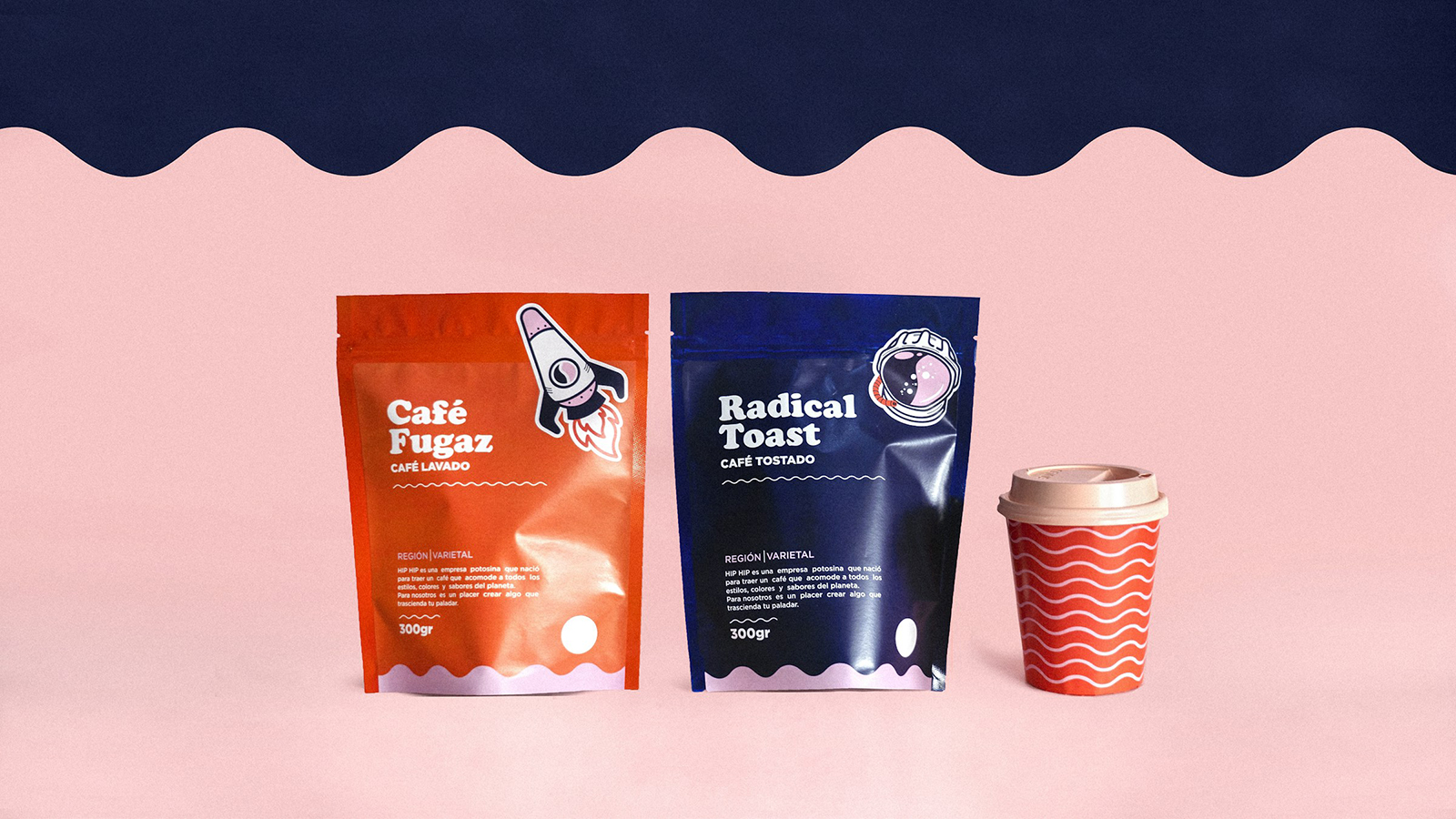Creating a winning brand design is essential for standing out in today’s competitive market. A robust brand design attracts customers and builds trust and loyalty. This article will guide you through creating a compelling brand design that resonates with your target audience. Let’s dive into the key steps and best practices to ensure your brand design stands out.

Understanding Brand Design
Brand design encompasses the visual and aesthetic aspects of your brand, including your logo, color palette, typography, imagery, and overall style. It communicates your brand’s personality, values, and promises to your audience.
Steps to Creating a Strong Brand
1. Define Your Brand Purpose and Values
Before diving into the visual aspects of your brand, you need to define what your brand stands for clearly. This involves:
- Brand Purpose: What is the primary reason your brand exists? How do you want to make a difference in your industry or community?
- Brand Values: What core principles guide your brand’s actions and decisions? These values should resonate with your target audience.
2. Understand Your Target Audience
Knowing your audience is crucial for creating a brand that resonates with them. Conduct market research to gather insights on:
- Demographics: Age, gender, location, income, and education level.
- Psychographics: Interests, values, lifestyle, and behavior.
- Needs and Pain Points: What problems does your audience face, and how can your brand solve them?
3. Analyze Competitors
Analyzing your competitors helps you identify opportunities to differentiate your brand. Look at:
- Visual Identity: How do they use colors, fonts, and imagery?
- Brand Messaging: What tone and language do they use?
- Customer Experience: How do they engage with their customers?
4. Craft Your Brand Story
Your brand story is a narrative that connects with your audience on an emotional level. It should highlight:
- Origin: How and why your brand was founded.
- Mission: What your brand aims to achieve.
- Vision: The long-term impact your brand aspires to make.
Designing Your Brand Elements
1. Logo Design
Your logo is the cornerstone of your brand identity. It should be:
- Simple: Easy to recognize and remember.
- Versatile: Looks good in various sizes and formats.
- Relevant: Reflects your brand’s personality and values.
2. Color Palette
Colors evoke emotions and can influence perception. Choose a color palette that:
- Aligns with Your Brand Identity: Reflects your brand’s personality and values.
- Creates Consistency: Use the same colors across all brand materials.
- Considers Color Psychology: Different colors convey different emotions (e.g., blue for trust, red for excitement).
3. Typography
Typography plays a crucial role in readability and conveying your brand’s tone. When selecting fonts:
- Pair Fonts Wisely: Use complementary fonts for headings and body text.
- Ensure Readability: Choose fonts that are easy to read across different devices.
- Maintain Consistency: Use the same fonts in all your communications.
4. Imagery and Graphics
Visual elements like images and graphics should:
- Reflect Your Brand’s Style: Use a consistent style in all visual content.
- Be High-Quality: Invest in professional photography or high-quality stock images.
- Enhance Your Message: Use visuals that support and enhance your brand’s story.
5. Brand Voice and Messaging
Your brand’s voice is how you communicate with your audience. It should be:
- Consistent: Use the same tone and language across all platforms.
- Authentic: Reflect your brand’s true personality and values.
- Engaging: Connect with your audience on an emotional level.
Implementing and Maintaining Your Brand
1. Create Brand Guidelines
Brand guidelines ensure consistency across all platforms and touchpoints. Include details on:
- Logo Usage: Guidelines on how and where to use the logo.
- Color Palette: Exact color codes for digital and print use.
- Typography: Fonts and their usage.
- Imagery: Style and type of images to use.
- Voice and Tone: Guidelines for brand messaging.
2. Ensure Consistency Across All Platforms
Consistency builds trust and recognition. Use your brand elements consistently across:
- Website and Social Media: Ensure your online presence reflects your brand identity.
- Marketing Materials: Brochures, business cards, packaging, etc.
- Customer Interactions: From emails to customer service interactions.
3. Evolve Your Brand
A strong brand evolves with time to stay relevant. Regularly review and update your brand elements and messaging to reflect market and business changes.
Conclusion
Creating and designing a strong brand requires thoughtful planning, creativity, and consistency. By defining your brand purpose, understanding your audience, and designing cohesive brand elements, you can build a brand that resonates with your audience and stands the test of time. Remember, a strong brand is not just about aesthetics; it’s about creating a meaningful connection with your customers.
Sources
Creating and designing a solid brand involves thoughtful planning, creativity, and an understanding of best practices in the industry. Below are sources that provide valuable insights into this process:
- HubSpot – Offers comprehensive guides on building a brand, including understanding brand identity, crafting a brand story, and designing visual elements.
- Forbes – Provides expert opinions and strategies on the importance of brand consistency, authenticity, and evolving your brand.
- Canva – Discusses the elements of brand design, including logo design, color theory, typography, and creating brand guidelines.
- Smashing Magazine – Provides detailed articles on the importance of visual design, brand messaging, and maintaining brand consistency.
- Neil Patel – Explains the SEO aspects of branding and how to optimize your brand for better online visibility.
These sources offer a wealth of information on creating a strong and cohesive brand that can effectively communicate your business’s values and connect with your target audience.
